International experts addressed the future of education during an International Dialogue on Digitization in Education held as part of the 61st Anniversary of CETYS University.
After two years of vertiginous changes caused by the COVID-19 pandemic, educational efforts deployed with the support of digital tools evidenced the contribution and relevance of technological innovations in this field, the importance, and, mainly, the need to continue developing and implementing them permanently to face the current challenges of the environment.
But where are the trends in education and technology heading in a post-pandemic environment? Was it just about surviving and then going back to normal, or was this just the beginning of real and substantial changes in the ways we teach and learn? These approaches were discussed during the International Dialogue on Digitization in Education, which took place in the Gulfstream Room of CETYS University Mexicali Campus as part of the commemorative events for CETYS’ 61st anniversary.
Jim Brigadier, President of Global Markets, Anthology; Professor José G. Mata-Temoltzin, President of the Federation of Private Mexican Institutions (FIMPES) and President of the Universidad Anáhuac Puebla; and Professor Gerardo Solís-Benavides, Secretary of Education of Baja California, reflected on this during the session moderated by Dr. Fernando León-García, President of the CETYS University System and President of the International Association of University Presidents (IAUP).
«The key to consolidating the digitalization of education productively and favorably consists in personalization», said Jim Brigadier, President of the leading corporation in educational solutions.
«Students currently have options; they don’t have to attend school in person. They can get degrees anywhere they want, which is why any institution that wants to continue growing must work hard to know the needs and preferences of each one of them. So, the task is to continue to focus on how we can refine that through technology, but also in the way we interact with students,” said Brigadier.
He added that with this great openness and accessibility to the multiple education models, universities around the world face great pressure to compete to attract students; but, he said, “although the competition is good, we must improve, but now we must do it in a context where our staff is fatigued; the pandemic was exhausting and now they have to think about how to become more personalized with the student to retain and develop their talents.”
In this sense, mentality and culture play a fundamental role, complemented Professor Jose G. Mata-Temoltzin, President of FIMPES and President of the Universidad Anáhuac Puebla. “The change that occurred during the pandemic can be maintained as a culture change. Now we are more aware that nothing is forever, but also that everything can be achieved, even though changes do not happen overnight. We are going through a process in which we must compete, but also always be ready for what is coming,” he considered.
Proof that union and will can drive great changes and obtain positive results was the migration of face-to-face teaching to the digital environment, which occurred during the health emergency caused by COVID-19; a situation that, at the same time, revealed the importance that both professors and students, as well as parents and guardians, get involved in education during its basic stage, said Professor Gerardo Solis-Benavides.
“Measuring the speed at which the culture change took place, the migration to digital is highly variable. Training was required, activation of emails and platforms, and this, did not mean the same for everyone. Parents were particularly the ones who showed to be the most fearful of change, so it is not just about having the tools but also the culture and the will to implement them. In Mexico, specifically in Baja California, this jump had an astonishing immediacy, largely because digital acculturation entered the veins as a necessity, turning the professor into an expert in digital teaching applications and techniques almost overnight. It is amazing the short time in which the professors took control of the tools in every way,” concluded the Secretary of Education.

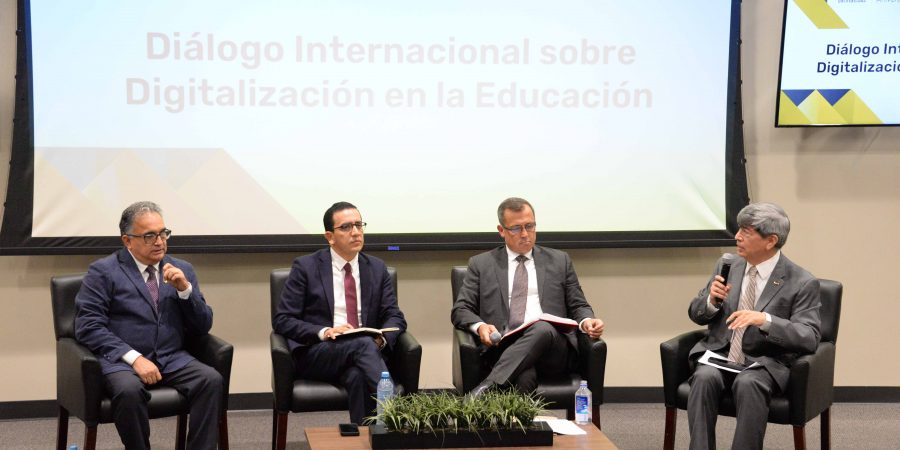

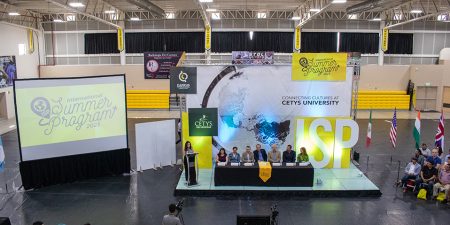
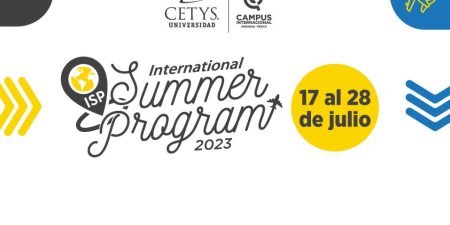


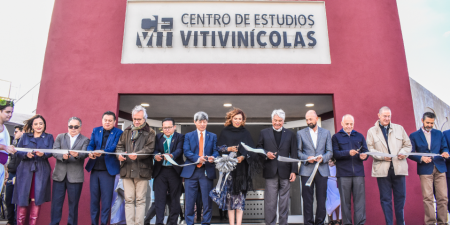
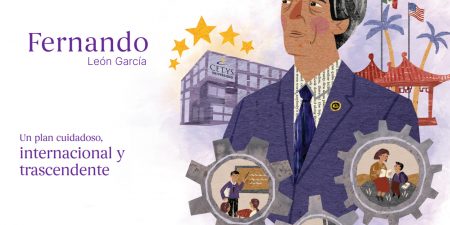
Leave your comment